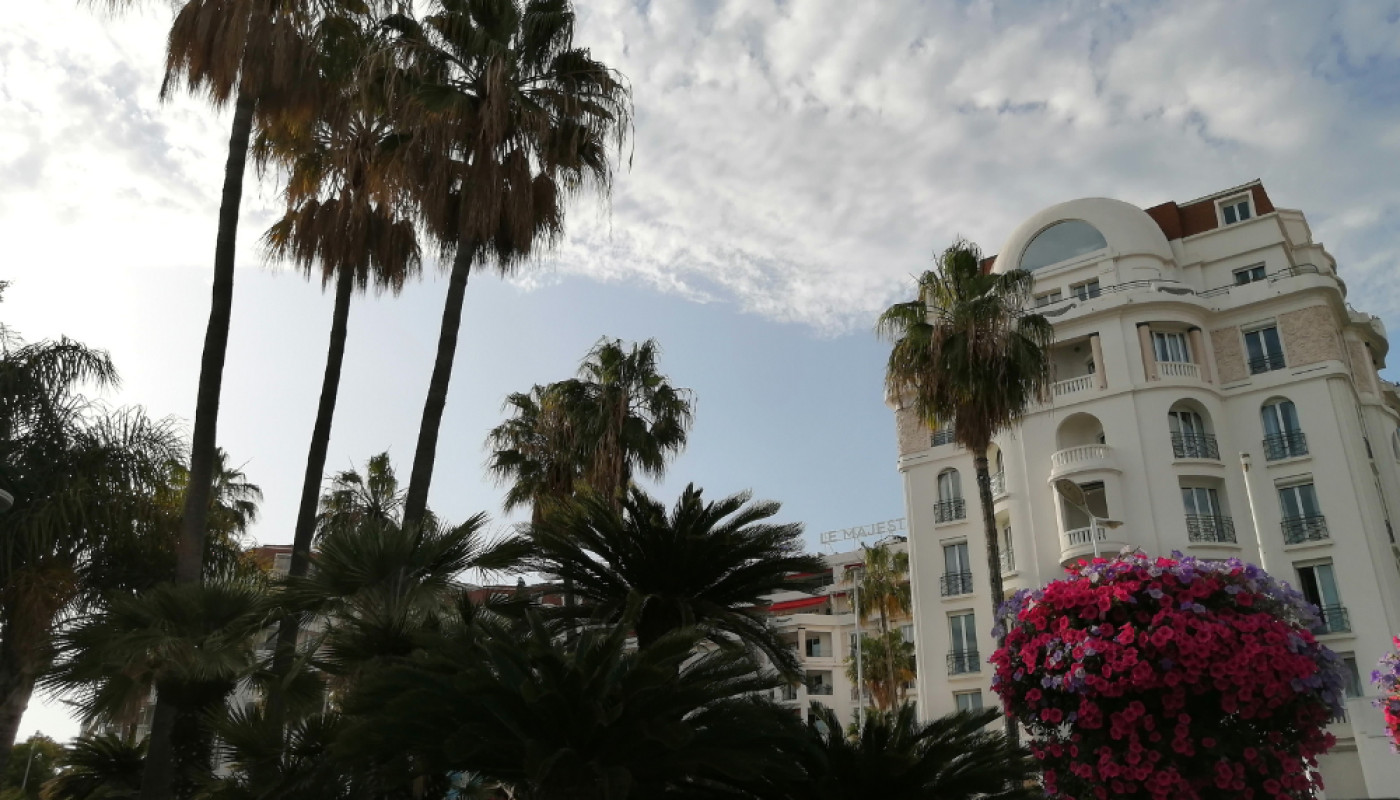Table of contents
Embarking on an odyssey through Spanish art and culture offers a rich tapestry of history and creativity that is vividly encapsulated within the walls of museums. These exclusive tours serve as gateways to unraveling the enigma of Spain's artistic heritage, engaging visitors in a multisensory exploration of an enduring legacy. This journey promises to enhance the appreciation of the intertwining narratives that Spanish art and culture weave, inviting enthusiasts to delve into a world where each piece tells a tale of its own.
Unveiling the Heart of Spanish Artistry
Embarking on the Madrid discovery agency art tours offers an immersive experience into the Spanish Golden Age, where the dramatic and detailed works of El Greco and Velázquez await to tell tales of a rich past. As visitors traverse the curated galleries, they are not simply observing paintings and sculptures; they are walking through the historical art movements that have etched the story of Spain in color and form. From the intricacies of Mannerism, with its complex compositions and exaggerated details that reflect the tensions of the time, to the evocative expressions of contemporary Spanish artists, the cultural influences in art become palpable. Each piece serves as a testament to the eras that have sculpted Spanish identity, revealing how politics, religion, and societal changes influenced creativity. Museum art tours provide a portal to connect with the artists' vision, understanding that each brushstroke is a silent word in the narrative of Spanish culture.
Experiencing the Fusion of Culture and Creativity
In the vibrant realm of Spanish art, the profound imprint of Spanish cultural traditions is evident beyond the canvas and the chisel. It is a rich tapestry where the threads of artistic conception are dyed in the vibrant hues of cultural festivals, folklore, and traditional practices. The creative process in Spain is a testament to the nation's commitment to preserving its cultural identity while fostering innovation in the arts. Whether it's the fiery passion encapsulated in a flamenco performance or the intricate storytelling depicted in the Fallas of Valencia, each manifestation of art echoes the complex narrative of Spanish history. The confluence of these elements is not just happenstance; it is an ethno-aesthetic journey that transforms social customs into visual masterpieces. Festivities like La Tomatina and the solemn processions of Semana Santa provide a fertile ground for artists to draw inspiration, infusing folklore in art with a poignant relevance that resonates with enthusiasts and scholars alike. This interlacing of art with life's rituals ensures that Spanish art remains a living, breathing dialogue between the past and the present, continuously evolving while honoring the echoes of its ancestral voices.
Decoding the Symbolism in Spanish Art
When immersing yourself in the vibrant tableau of Spanish art, it becomes apparent that each stroke and shade carries a deeper significance. The rich tapestry woven by artists throughout Spain's history is replete with symbolism in art, beckoning the viewer to engage in a more profound level of art interpretation. It is not merely the aesthetic appeal but the intricate religious iconography that reveals the spiritual undercurrents of the time. A seasoned art critic or curator, well-versed in iconology, would guide you through the visual lexicon that defines these works. From the sacred halls of cathedrals to the clandestine alcoves of palaces, political symbols in art narrate the tales of power and persuasion. Beyond the corporeal and the temporal, one may also encounter a pantheon of mythological references, each character and scene chosen with deliberation to convey messages that transcended the boundaries of spoken language. To fully appreciate the canvas of Spanish culture, one must not only observe but also interpret the symphony of symbols that resonates with the soul of its people.
Exploring the Architectural Wonder in Museums
As we delve into the realms of Spanish museum architecture, it becomes apparent that the structures themselves are as much a testament to Spain's rich cultural tapestry as the artworks they enshrine. The buildings, often epitomized as cultural heritage buildings, stand as historical architecture statements, showcasing a range of architectural styles from Gothic to Renaissance, and the uniquely Spanish Plateresque, which bears resemblance to the intricate work of a silversmith. The Plateresque style, in particular, is celebrated for its lavishly detailed facades that blend Gothic and Renaissance elements in a harmonious visual symphony. This meticulous attention to aesthetic experience is not merely to please the eye but to serve as an immersive introduction to the cultural narratives within. Visitors to these Spanish museums are greeted by architectural marvels that, even before viewing a single painting, begin to tell the story of Spain’s artistic evolution. It is in this fusion of form and function that the true spirit of Spanish art and culture is enshrined, offering a holistic encounter with the nation's storied past.
Navigating the Future of Spanish Art in Modern Museums
Museums around the world are embracing new roles as custodians of culture and pioneers in art preservation. In the realm of Spanish art and its rich tapestry of history, contemporary museum initiatives are particularly dynamic. A significant stride in this direction involves the sophisticated use of museum technology. Advanced tools like high-resolution imaging and virtual reality are not just transforming the visitor's experience but are also aiding in the preservation of priceless artworks for future generations. This approach, known as digital curation, is spearheading the efforts to safeguard Spanish cultural heritage preservation.
In tandem with technological advancements, museums are also focusing on comprehensive art education programs. These initiatives are designed to engage the community, providing immersive experiences that foster a deeper understanding and appreciation of Spanish culture. Educational workshops, interactive tours, and participatory exhibitions allow a diverse audience to connect personally with the art, ensuring that the legacy of Spanish creativity continues to inspire and influence. As museums evolve, the fusion of interactive technology and educational outreach establishes a modern paradigm for cultural enrichment, securing the legacy of Spanish art for posterity.
Similar

The Impact Of Cultural Sensitivity Training On Hospitality Services

Enjoy the best places in Cannes with your private driver !

Revitalizing Vacations: Why Choose A Holiday Home With A Sauna And Jacuzzi

The Ultimate Guide To Outdoor Activities Near Fréjus For Nature Lovers

Top Cultural Events You Can't Miss In Rome This Year

